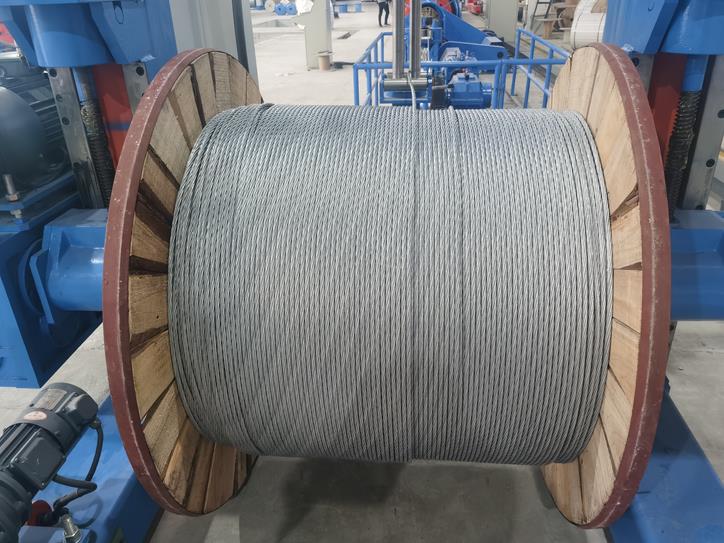
The center of optical cable is usually made of glass core, core surrounded by a layer of lower refractive index than the core of glass envelope, in order to make the optical signal into the fiber core reflected by the cladding interface, so that the optical signal in the fiber core spread forward. Because optical fibers themselves are too fragile to be used directly in wiring systems, they are usually bundled with a protective shell and a stretch-resistant wire in the middle. This is called optical cable, and optical cables usually contain one or more optical fibers.
The indoor optical fiber cable:
According to the different use environment, can be divided into indoor optical cable and outdoor optical cable.
Indoor optical cable is classified according to the use of optical cable environment, and the opposite is outdoor optical cable.
Indoor optical cable is formed by optical fiber (optical transmission carrier) through a certain process of cable. It is mainly composed of optical fiber (thin as hair glass) and plastic protective sleeve and plastic sheath. There is no metal such as gold, silver, copper and aluminum in the optical cable, and generally no recycling value.
Indoor optical cable is a communication line with a certain number of optical fibers composed of cable core in a certain way, with outer sheath, and some also covered with outer sheath, to achieve optical signal transmission.
Indoor optical cable tensile strength is small, poor protection layer, but also more portable, economic. Indoor optical cables are mainly used for wiring in buildings and connecting network devices.
Characteristics of indoor optical cable:
The tensile strength of indoor optical cable is smaller and the protective layer is poor, but it is relatively lighter and more economical. Indoor optical cable is mainly suitable for horizontal wiring subsystem and vertical trunk subsystem. For example, outdoor optical cables (as shown in Figure 2-29) have high tensile strength, thick protective layer, and are usually armored (that is, wrapped with metal skin). Outdoor optical cable is mainly used for building subsystem, and can be used for outdoor direct burial, pipeline, overhead and underwater laying.
Outdoor fiber optic cable:
Outdoor optical cable, used for outdoor optical cable. The opposite is indoor optical cable.
Outdoor optical cable is a communication line for optical signal transmission. The cable core is composed of a certain number of optical fibers in a certain way, which are coated with a sheath and some are covered with an outer sheath.
Features of outdoor optical cable:
It is mainly composed of optical fiber (thin as hair glass) and plastic protective sleeve and plastic sheath. There is no metal such as gold, silver, copper and aluminum in the optical cable, and generally no recycling value.
Outdoor optical cable tensile strength is large, the protective layer is thick, and usually armored (that is, metal skin wrapped). Outdoor optical cables are mainly used for interconnection between buildings and remote networks.
04-24
202404-23
202404-23
202404-08
202404-07
202403-26
202403-26
202403-18
202403-18
202403-13
2024
